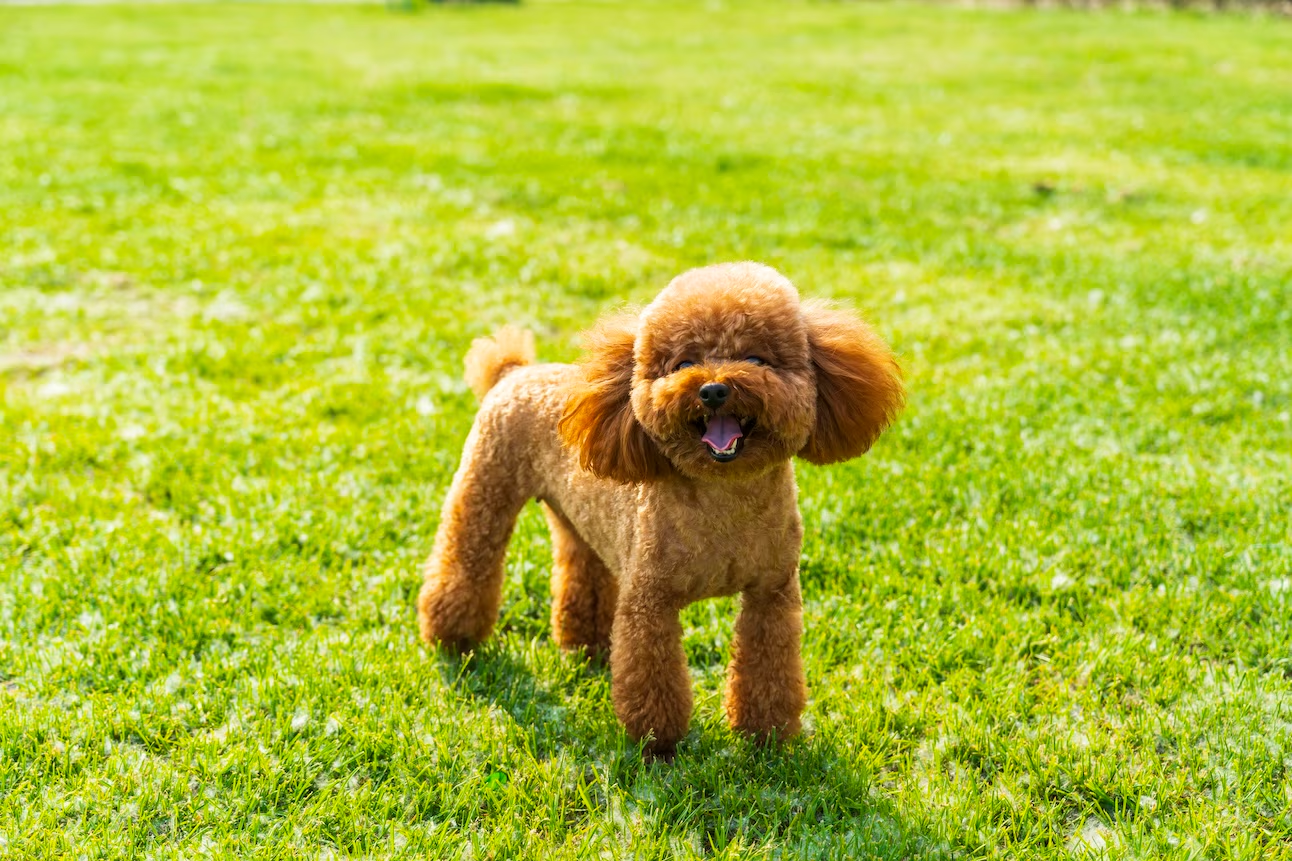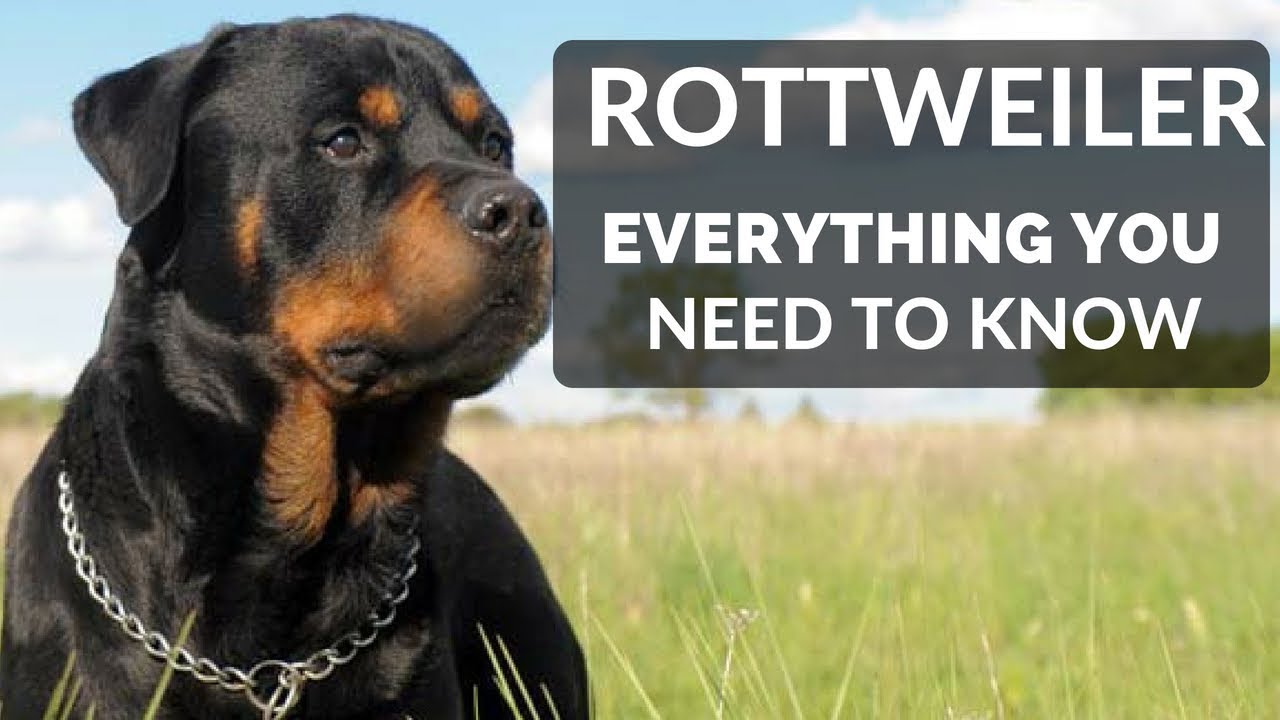American Staffordshire Terrier: Complete Guide – Training, Care, Choosing, Pros and Cons, and Price
The American Staffordshire Terrier, often lovingly called “AmStaff,” is a powerful yet affectionate breed known for its loyalty, intelligence, and courage. With the right training and environment, they are among the most loyal companions you could ask for.
In this complete guide, we’ll dive deep into their history, appearance, personality, how to choose a healthy puppy, how to train and care for them properly, and the pros, cons, and cost of owning one.
Overview of the American Staffordshire Terrier
- Group: Terrier Group
- Height: 17–19 inches (43–48 cm)
- Weight: 40–70 pounds (18–32 kg)
- Lifespan: 12–16 years
- Coat: Short, smooth, and glossy
- Colors: Wide variety including black, blue, fawn, red, brindle, and combinations
- Temperament: Confident, good-natured, loyal, courageous
Although often confused with the American Pit Bull Terrier, the American Staffordshire Terrier is recognized as a separate breed by the AKC, with a strong emphasis on balanced temperament and physical soundness.
History of the American Staffordshire Terrier
The breed traces its origins back to 19th-century England, where bulldogs and terriers were crossbred to create strong, agile dogs for bull-baiting and farm work. When immigrants brought them to America, breeders focused on developing a heavier, more powerful dog with a gentler temperament for companionship and farm protection.
The American Kennel Club (AKC) officially recognized the breed as the “Staffordshire Terrier” in 1936, and later renamed it to “American Staffordshire Terrier” in 1972 to reflect its unique American development.
Physical Characteristics
- Muscular Build: Solid, stocky, and athletic frame
- Broad Head: Well-defined jaws and pronounced cheek muscles
- Eyes: Dark and round, conveying alertness
- Ears: Either cropped (where allowed) or naturally semi-pricked
- Tail: Tapered, short compared to body length
AmStaffs have a powerful appearance yet move with grace and agility.
Personality and Temperament
Despite their tough looks, American Staffordshire Terriers are affectionate and loving dogs. Key traits include:
- Loyalty: Strong bond with family members
- Courage: Fearless, they are natural protectors
- Playfulness: Energetic and enjoy active play
- Gentle Nature: Especially when raised with proper training and socialization
- High Intelligence: Quick learners who love challenges
- Social: Enjoy human interaction and don’t do well when left alone for long periods
AmStaffs can be excellent family pets when properly trained and socialized, often displaying immense patience with children.
How to Choose a Healthy American Staffordshire Terrier Puppy
When selecting your AmStaff puppy, follow these guidelines:
- Find a Reputable Breeder: Look for breeders who perform health screenings and breed for temperament as well as appearance.
- Meet the Parents: Parents should have friendly, stable temperaments.
- Health Clearances: Ask for health certifications for common issues (e.g., hip dysplasia, heart disease).
- Behavior Assessment: Choose a curious, confident puppy – not overly aggressive or fearful.
- Environment: Ensure the puppy has been raised in a clean, socialized environment.
- Pedigree and Paperwork: Legitimate breeders should offer documentation, including AKC registration (if in the U.S.).
Warning: Avoid puppy mills or backyard breeders who cannot show you health or lineage information.
How to Train an American Staffordshire Terrier
AmStaffs are highly intelligent but require consistent and positive training.
Essential Training Tips:
- Start Early: Begin socialization and basic obedience training at 8–10 weeks old.
- Positive Reinforcement: Use treats, praise, and play as rewards.
- Short Sessions: Keep training sessions around 10–15 minutes to maintain their attention.
- Consistency: Stick to clear rules and be consistent with expectations.
- Socialization: Expose them to various people, environments, and other animals early.
- Leash Training: Teach good leash manners early, as they can be strong pullers.
AmStaffs thrive with owners who are confident, patient, and committed to ongoing training.
How to Care for an American Staffordshire Terrier
1. Diet and Nutrition
- Feed a high-quality dog food formulated for active medium to large breeds.
- Avoid overfeeding — they can gain weight easily.
- Fresh water should always be available.
2. Exercise Needs
- Daily Exercise: 60–90 minutes of activity each day (walks, runs, play sessions).
- Mental Stimulation: Puzzle toys, obedience training, and interactive play are crucial.
- Secure Play Area: A fenced yard is ideal for safe off-leash activities.
3. Grooming
- Coat Care: Weekly brushing with a soft bristle brush keeps the coat shiny and removes loose hair.
- Bathing: Bathe only when necessary to preserve natural skin oils.
- Nail Trimming: Regular nail clipping to avoid discomfort.
- Ear Cleaning: Check and clean ears weekly to prevent infections.
4. Health Considerations
Common health issues to watch for:
- Hip Dysplasia
- Skin Allergies
- Congenital Heart Disease
- Hypothyroidism
- Ataxia (neurological condition)
Routine vet check-ups and vaccinations are essential for long-term health.
Living Environment Needs
- Indoor Companion: Should live indoors with the family, not isolated outdoors.
- Space Requirements: Can adapt to apartments if properly exercised.
- Climate Sensitivity: Short coat makes them less tolerant to cold weather — they may need a doggy jacket in winter.
Pros and Cons of Owning an American Staffordshire Terrier
Pros
✅ Extremely loyal and protective
✅ Loving, affectionate family pets
✅ Highly intelligent and trainable
✅ Low grooming needs
✅ Great with children when properly socialized
✅ Strong and athletic – ideal for active owners
Cons
❌ Not tolerant of long periods alone – prone to separation anxiety
❌ Requires strong, consistent leadership
❌ Prejudice and breed restrictions in some areas
❌ May show aggression toward other dogs without early socialization
❌ Needs a lot of exercise and mental stimulation
American Staffordshire Terrier Price and Maintenance Costs
The cost of purchasing an AmStaff varies widely depending on pedigree, breeder reputation, and location:
- Pet Quality Puppy: $800–$1,500 USD
- Show Quality Puppy: $2,000–$3,000+ USD
Annual Maintenance Costs:
| Item | Estimated Cost (USD) |
|---|---|
| Food | $400–$700 |
| Veterinary Care | $300–$700 |
| Grooming Supplies | $100–$200 |
| Training | $200–$500 |
| Toys and Misc. | $100–$300 |
| Insurance (optional) | $300–$600 |
Owning an American Staffordshire Terrier is a rewarding experience, but prospective owners should be prepared for the time, effort, and costs involved.
Is the American Staffordshire Terrier Right for You?
The American Staffordshire Terrier is an excellent match for individuals or families who:
- Have an active lifestyle
- Can provide consistent, positive training
- Are looking for a loyal, affectionate companion
- Understand the need for early and ongoing socialization
- Are willing to advocate for their breed, given the stigma in some areas
If you are ready to invest the time, energy, and love, an American Staffordshire Terrier will reward you with unwavering loyalty, protection, and affection for many years.
Conclusion
The American Staffordshire Terrier is truly a misunderstood gem — a breed full of strength, heart, and endless love. With proper training, responsible ownership, and plenty of socialization, they shine as loyal family companions and active, joyful pets.
If you’re looking for a dog that will love you fiercely, play with you energetically, and stay by your side through thick and thin, the AmStaff might just be your perfect match. 🐾




